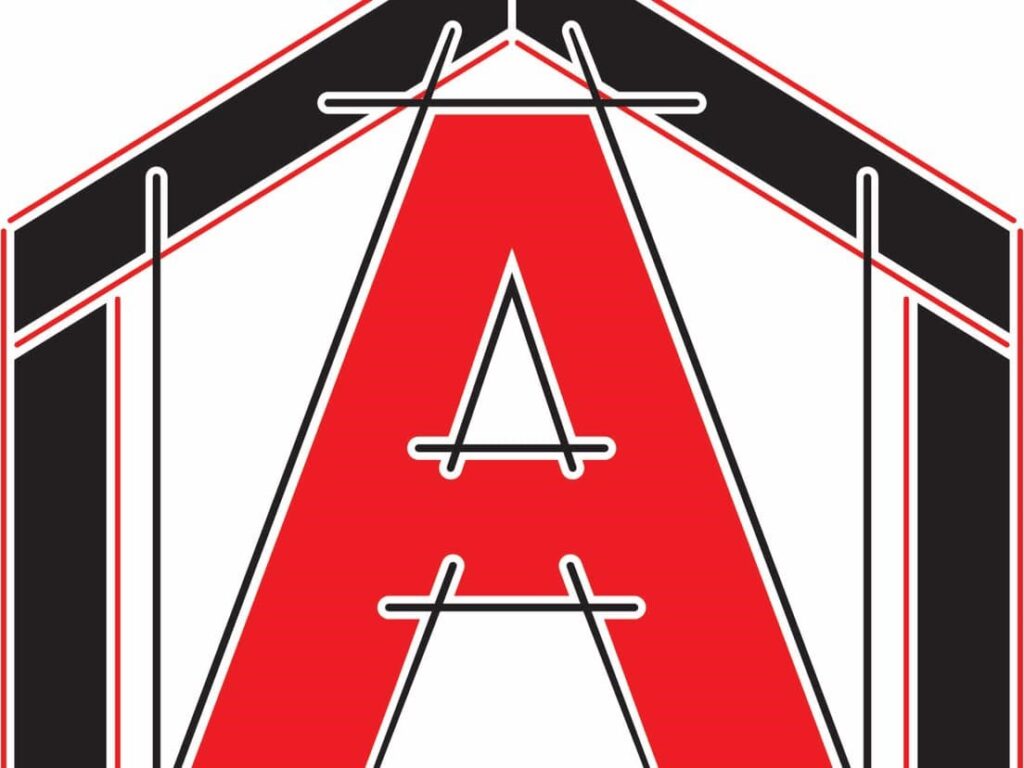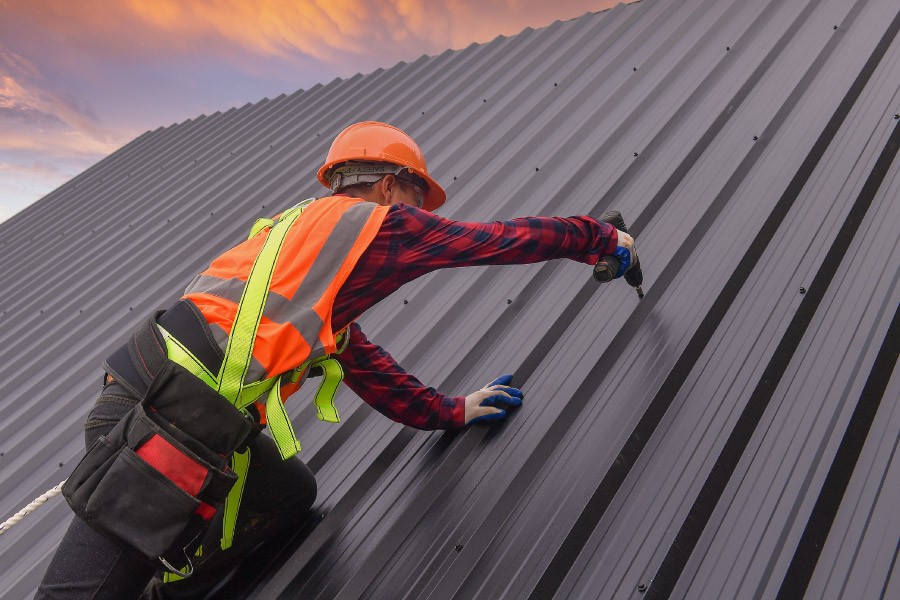A strong, durable roof is essential for protecting any structure. Metal roofing has become a popular choice due to its longevity and resilience. Homeowners and businesses alike invest in it for long-term security and cost savings. But how long does a metal roof last? Understanding its lifespan, factors affecting durability, and proper maintenance can help maximize its benefits.
Average Lifespan of Metal Roofing
Metal roofs are known for their impressive durability. On average, they last between 40 to 70 years, depending on the material and environmental conditions. Some premium options, like copper or zinc, can even exceed 100 years with proper care. This makes them a superior choice compared to traditional asphalt shingles, which typically last 15 to 30 years.
Factors That Affect Longevity
Several elements determine how long a metal roof will last. While these roofs are designed for durability, certain conditions can impact their lifespan.
- Material Type
Different metals offer varying levels of durability:
- Steel: One of the most common choices, lasting 40 to 60 years with proper coating.
- Aluminum: Resistant to rust and corrosion, with a lifespan of 50 years or more.
- Copper: Can last well over 100 years, developing a protective patina over time.
- Zinc: Naturally corrosion-resistant, often lasting 80 to 100 years.
- Climate Conditions
Weather plays a significant role in how long metal roofing lasts.
- Extreme Heat: Prolonged exposure to intense sunlight can cause expansion and contraction, affecting durability.
- Heavy Rain and Snow: While metal roofs handle moisture well, improper drainage can lead to water damage over time.
- High Winds: Strong storms can loosen panels if not installed correctly.
- Coastal Environments: Salt exposure may accelerate corrosion, requiring additional protective coatings.
- Coatings and Finishes
Protective coatings extend the life of a metal roof by preventing rust and UV damage. Common options include:
- Galvanized Steel: Coated with zinc for rust protection.
- Galvalume Steel: A mix of zinc and aluminum for enhanced durability.
- Powder Coatings: Provide added resistance to weathering and fading.
- Installation Quality
A well-installed metal roof lasts longer. Poor installation can lead to leaks, loose panels, and premature wear. Proper sealing and fastening prevent moisture infiltration, which helps maintain structural integrity.
- Maintenance and Care
Regular inspections and upkeep significantly impact a metal roof’s lifespan. Simple maintenance steps include:
- Cleaning debris from gutters and panels.
- Checking for loose fasteners and resealing if necessary.
- Inspecting for rust and applying protective coatings when needed.
- Ensuring proper ventilation to prevent condensation buildup.
Benefits of Choosing Metal Roofing
Aside from longevity, metal roofing offers numerous advantages that make it a worthwhile investment.
- Energy Efficiency
Metal roofs reflect sunlight, reducing heat absorption and keeping interiors cooler. This lowers energy bills, especially in hot climates.
- Low Maintenance
Unlike other roofing materials, metal requires minimal upkeep. Regular cleaning and occasional touch-ups keep it in excellent condition.
- Fire and Weather Resistance
Metal is non-combustible, providing extra protection against fire hazards. It also withstands harsh weather, from heavy rain to strong winds.
- Eco-Friendly and Recyclable
Most metal roofing materials are 100% recyclable, making them an environmentally responsible choice. Many are also made from recycled content, reducing waste.
- Cost-Effectiveness Over Time
While the initial investment may be higher than traditional roofing, the long lifespan and reduced maintenance costs make metal roofing a cost-effective solution in the long run.
Signs That a Metal Roof Needs Replacement
Even though metal roofing is long-lasting, certain signs indicate when a replacement may be necessary.
- Extensive Rust or Corrosion
Small rust spots can be treated, but widespread corrosion weakens the structure. If left unaddressed, it can compromise the roof’s integrity.
- Leaks and Water Damage
Metal roofs resist water well, but if leaks persist despite repairs, it may be time for a replacement. Damaged seams or fasteners can allow moisture to seep through.
- Loose or Warped Panels
Expansion and contraction due to temperature changes can loosen panels over time. If they begin to warp or detach, it may indicate a larger structural issue.
Ways to Extend the Lifespan of Metal Roofing
Maximizing the durability of metal roofing requires a few key steps. Proper care ensures it remains in top condition for decades.
- Routine Inspections
Checking the roof at least twice a year helps catch minor issues before they become costly problems. Look for signs of rust, loose fasteners, or worn coatings.
- Apply Protective Coatings
Reapplying protective coatings enhances resistance against rust, UV damage, and moisture. This adds years to the roof’s lifespan.
- Keep It Clean
Dirt, debris, and leaves can trap moisture and cause damage over time. Cleaning the roof regularly prevents buildup and maintains its protective layers.
Final Thoughts
Metal roofing in Mississippi offers durability and longevity, making it a reliable choice for various climates. Choosing the right material, ensuring professional installation, and performing regular maintenance all contribute to long-lasting performance. For those looking for a reliable, energy-efficient, and eco-friendly option, metal remains one of the best roofing solutions.
If you want to explore durable roofing options for your home or business, consult with a professional to find the best solution for your needs.

